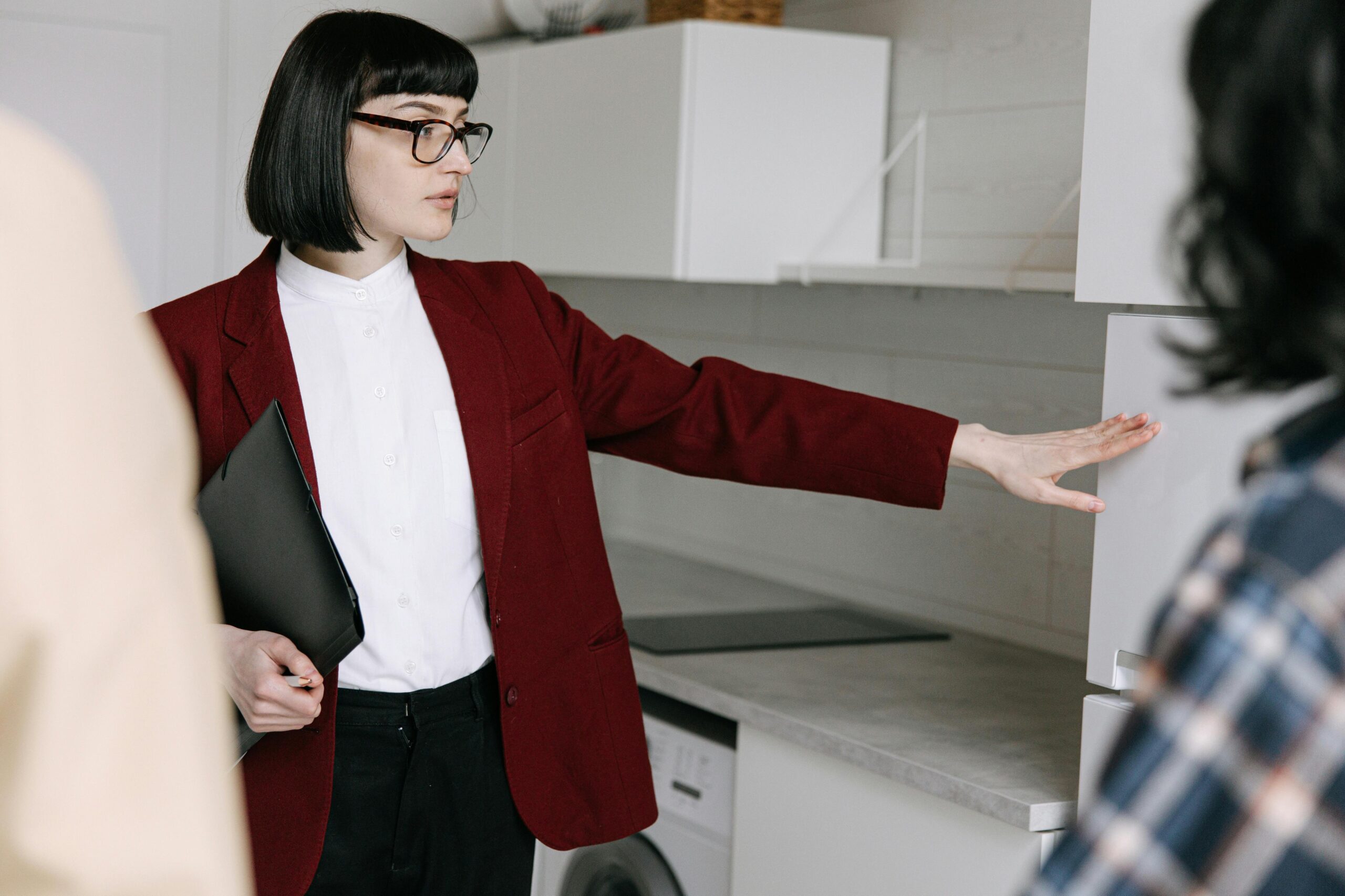
In the evolving world of real estate, few elements have shifted more dramatically than the way homes are marketed and shown to potential buyers. Gone are the days when the only way to view a property was through an open house on a Sunday afternoon. Today, thanks to advances in technology and shifts in consumer behavior, virtual tours are no longer just a trend—they’re a staple. But with both open houses and virtual tours offering distinct benefits, many sellers and agents in 2025 are asking the same question: Which is more effective?
The answer depends on your goals, your target buyer, and the local market. To help you decide, let’s explore the strengths and limitations of each approach and how they complement one another in today’s real estate landscape.
The Case for Open Houses in 2025
1. Creating a Sense of Urgency and Competition
Open houses bring multiple buyers through the door at once, creating a dynamic, high-energy environment. In competitive markets, this can spark urgency and even bidding wars. When buyers see others walking through the same space, it reinforces the idea that the home is in demand.
2. Allowing Buyers to Engage with the Home Physically
No matter how advanced virtual tours become, some things are difficult to replicate digitally:
-
The feel of natural light in a space
-
The size and flow of rooms
-
Subtle details like finishes, smells, and sounds
Open houses offer sensory engagement that can sway undecided buyers.
3. Casual Discovery
Some attendees of open houses are unplanned walk-ins—neighbors, people driving by, or buyers just starting their search. While these visitors may not be serious yet, open houses provide a low-pressure way for buyers to explore. Some of these casual lookers do turn into buyers.
4. Good for Local, In-Market Buyers
Open houses are particularly effective in markets where buyers already live in the area and are actively looking. These events give them a chance to see several homes in a weekend without scheduling multiple appointments.
Limitations of Open Houses
-
Time-Restricted: Open houses only happen at specific times, limiting exposure.
-
Inconvenient for Sellers: Homes must be cleaned, staged, and vacated—often multiple times.
-
Security Risks: Having strangers freely walk through your home can feel intrusive or risky.
-
Not Always Effective: In some markets, open houses attract more lookers than serious buyers.
The Rise of Virtual Tours in 2025
Virtual home tours became popular out of necessity during the COVID-19 pandemic—and their value has only grown since. In 2025, they’re an expectation, not a luxury.
1. Convenience and Accessibility
Virtual tours allow buyers to view homes:
-
Anytime, from anywhere
-
Without needing an appointment
-
At their own pace
This is especially beneficial for:
-
Out-of-town or international buyers
-
Busy professionals
-
People with mobility issues or limited transportation
2. First-Line Screening Tool
Many buyers now use virtual tours to narrow their list before they ever set foot in a home. High-quality 3D walkthroughs help buyers filter properties that don’t meet their needs—saving everyone time.
3. Showcasing Homes 24/7
Unlike open houses, virtual tours are always available. This means your home is “open” every day of the week, which can increase views and visibility dramatically.
4. Enhanced Marketing Reach
Homes with virtual tours often receive more attention online. Listings that include 3D tours or video walkthroughs tend to:
-
Rank higher on search platforms
-
Be shared more frequently on social media
-
Receive more inquiries
In 2025, real estate marketing is largely digital—and virtual tours are central to that strategy.
Limitations of Virtual Tours
-
No Tactile Experience: Buyers can’t open cabinets, walk the floor, or feel the environment.
-
Tech Limitations: Not all virtual tours are created equal. Poorly made tours can deter interest.
-
May Not Capture Everything: Even with good equipment, some aspects like smells, noise levels, or true neighborhood feel may be missing.
How Buyer Behavior Has Changed in 2025
Today’s buyer is digitally savvy, mobile-first, and time-conscious. According to recent industry surveys:
-
Over 80% of buyers say they expect to see a virtual tour when browsing listings online.
-
More than half say they would not visit a home in person unless they’ve first seen a virtual version.
-
At the same time, over 60% still prefer to walk through the home physically before making an offer.
In short, buyers are blending both tools—using virtual tours to filter, and open houses or private showings to finalize.
The Hybrid Approach: Best of Both Worlds
In 2025, the most effective strategy for many sellers is a hybrid approach that leverages the strengths of both virtual and in-person methods. Here’s how to combine them effectively:
1. Start With a Strong Virtual Tour
Use a professional 3D virtual tour or video walkthrough to attract attention online. This acts as your 24/7 open house and is ideal for initial screening.
2. Follow With Strategic Open Houses
Once the home has gained interest online, schedule open houses for serious buyers to experience it in person. Weekend open houses can still generate buzz and create a sense of urgency—especially in competitive markets.
3. Offer Live Virtual Open Houses
For buyers who can’t attend in person, live-streamed virtual open houses (via Zoom or social media) are gaining popularity. These interactive events allow buyers to ask questions and request closer looks in real time.
4. Prioritize Private Showings for Serious Buyers
Many buyers prefer one-on-one appointments after viewing the home virtually. These showings give them the space and time to explore the home more intimately.
So, Which Is More Effective?
Virtual Tours Win for Visibility and Convenience
They cast a wider net, attract remote and first-time buyers, and keep your home accessible around the clock. In today’s tech-driven market, not having a virtual tour can put you at a disadvantage.
Open Houses Win for Emotional Connection and Local Buzz
They help buyers form a personal attachment to the home and spark competitive interest—especially when well-attended. In-person interaction still holds persuasive power.

Use Both to Maximize Results
In 2025, it’s not about choosing between open houses or virtual tours—it’s about using them together to reach the modern buyer.
Sellers who embrace this hybrid approach are more likely to:
-
Attract serious, pre-qualified buyers
-
Reduce time on market
-
Receive better offers
Ultimately, the smartest strategy is one that meets buyers where they are—online, in person, and everywhere in between.





